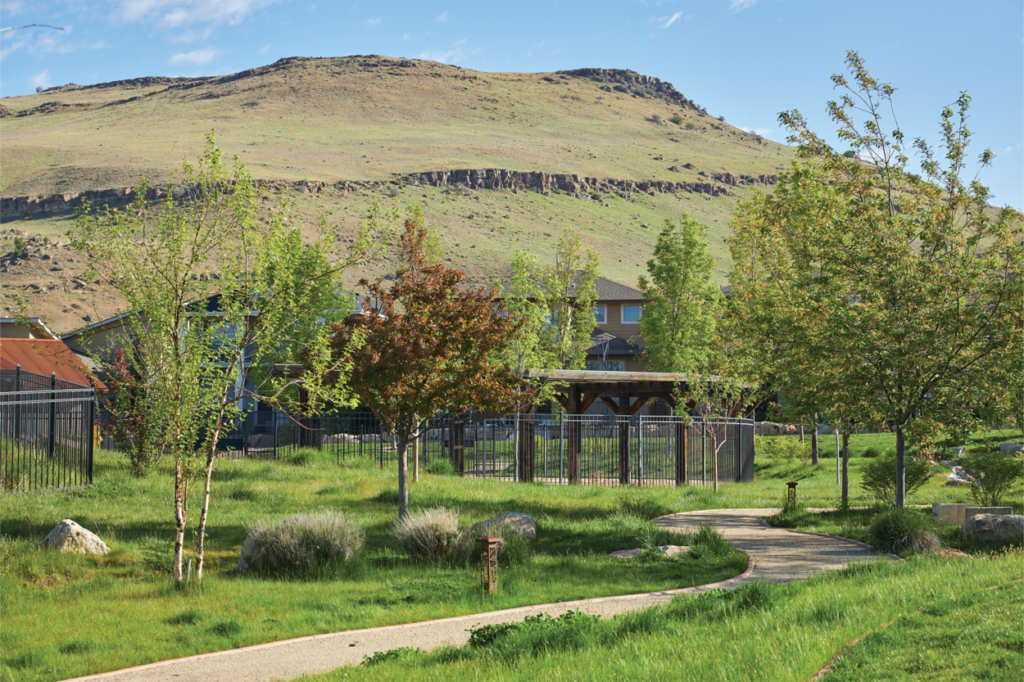Though it has existed for nearly 16 years, the last two years has had much discussion and debate about the Harris Ranch Community Infrastructure District (HRCID). Though the statute that allowed for Community Infrastructure Districts was passed by the Idaho Legislature in 2008, the HRCID is still the only community in the state to put the statute and the development tools it created into significant use. A handful of other communities have CIDs in place and have financed (or are in the process of financing) community infrastructure, but the HRCID was the first, and to date remains the only, community that has regularly issued bonds that help development pay for itself, resulting in the premium neighborhood that has proven so attractive to its residents.
It is always a challenge to be the first to do anything. But even though it is a first for Idaho, community infrastructure districts are increasingly common throughout the country. This is true of many of the most successful planned communities throughout the country. In fact, a recent report by the real estate consulting firm RCLCO listed the top 50 master-planned communities in the United States. This report shows that 42 of the 50 ranked communities have public financing districts in place. Of these communities, which are located across the country, from California to Florida, and from Texas to Utah or South Carolina, more than 80 percent of America’s top developments leverage a public financing district. Or what we call in Idaho a community infrastructure district.
Here in Idaho, the HRCID is the first to employ a public financing district to allow for growth to pay for growth. It will not be the last. And as the report by RCLCO shows, this financing model is consistent with many of the most successful planned communities in the country.

